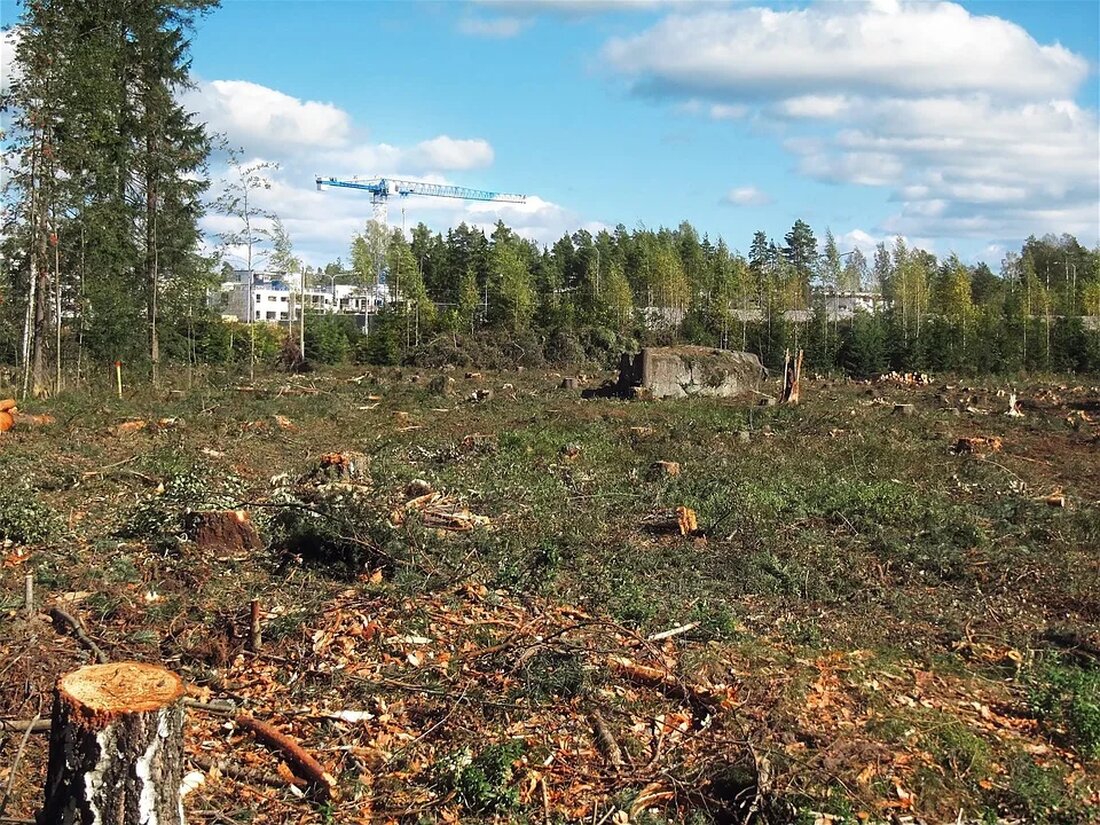The influence of land use on groundwater
Groundwater is a critical natural resource that provides drinking water to humans, animals and plants, as well as supporting a variety of industrial and agricultural processes. The importance of groundwater resources is reflected in their extensive use and the associated management and protection. A key component of this protection is understanding the multiple aspects that can change the quality and quantity of groundwater. Land use in particular has a significant impact - a fact that is often overlooked. This article looks at this relationship and its consequences. What is land use? Land use refers to the various ways people use the natural environment for...

The influence of land use on groundwater
Groundwater is a critical natural resource that provides drinking water to humans, animals and plants, as well as supporting a variety of industrial and agricultural processes. The importance of groundwater resources is reflected in their extensive use and the associated management and protection. A key component of this protection is understanding the multiple aspects that can change the quality and quantity of groundwater. Land use in particular has a significant impact - a fact that is often overlooked. This article looks at this relationship and its consequences.
What is land use?
Land use refers to the various ways in which people use the natural environment for specific functions or activities. These can vary from residential and recreational purposes to industrial and agricultural activities. However, there is one fundamental factor that connects these different forms of land use - they change the natural landscape and therefore the flows of water in the environment, including groundwater.
Land use and its influence on groundwater
Changes in land use
Changes in land use, such as deforestation, agriculture, industrialization or urbanization, can have a significant impact on groundwater and its quality. Runoff volumes, flow paths and infiltration rates can be influenced by land use changes, which in turn influence groundwater recharge and quality.
Effects on groundwater quality
Groundwater quality can be influenced by various factors directly related to land use. For example, chemical substances such as pesticides and fertilizers used in agriculture can leach into groundwater. Likewise, industrial activities or urban land use can result in pollutants entering the groundwater through surface runoff or mass transfer associated with the aquifer.
Impact on the amount of groundwater
Changes in land use can also affect the amount of groundwater available. For example, the construction of impermeable surfaces (such as roads and buildings) in urban areas can result in less water penetrating the ground, thereby reducing the amount of groundwater that is available.
Case studies
Clearing of forests
Forests play a crucial role in groundwater and surface water dynamics. They allow high infiltration rates and store water within their biomass and soil. The clearing of forests can lead to less water infiltrating the soil and therefore less groundwater being available.
agriculture
The use of synthetic fertilizers and pesticides in agriculture can have negative impacts on groundwater quality. Such substances can leach into the groundwater and damage the water and associated ecosystems.
urbanization
Asphalt surfaces and buildings in urbanized areas reduce the amount of soil available for water infiltration. This leads to reduced groundwater recharge and, in extreme cases, can lead to a lowering of the groundwater level.
conclusion
Aware of the profound impact that land use has on groundwater, the importance of sustainable land use management for the conservation of groundwater resources becomes clear. It is crucial that when planning and implementing land use changes, their impacts on groundwater are thoroughly assessed and appropriate protective measures are taken. This is the only way we can ensure that this precious commodity remains available for future generations.

 Suche
Suche
 Mein Konto
Mein Konto
